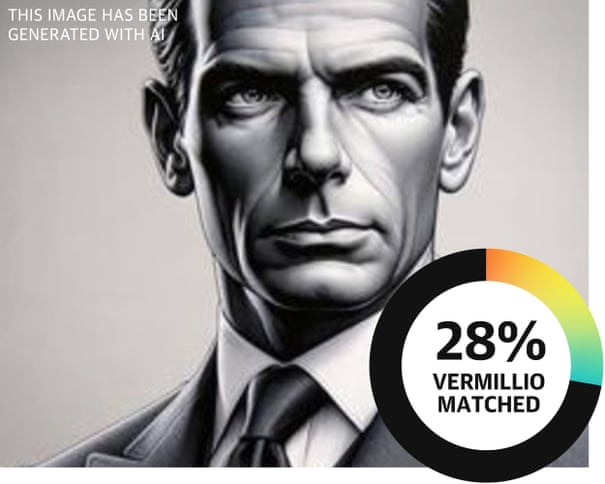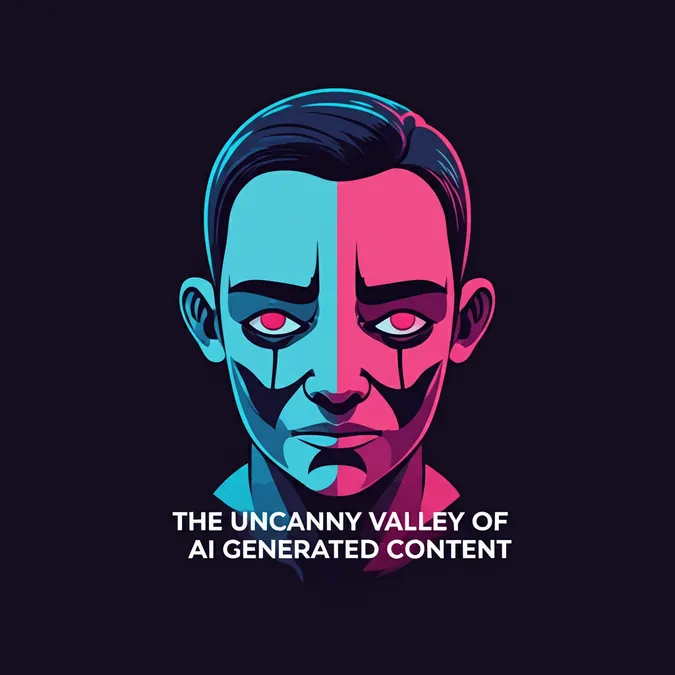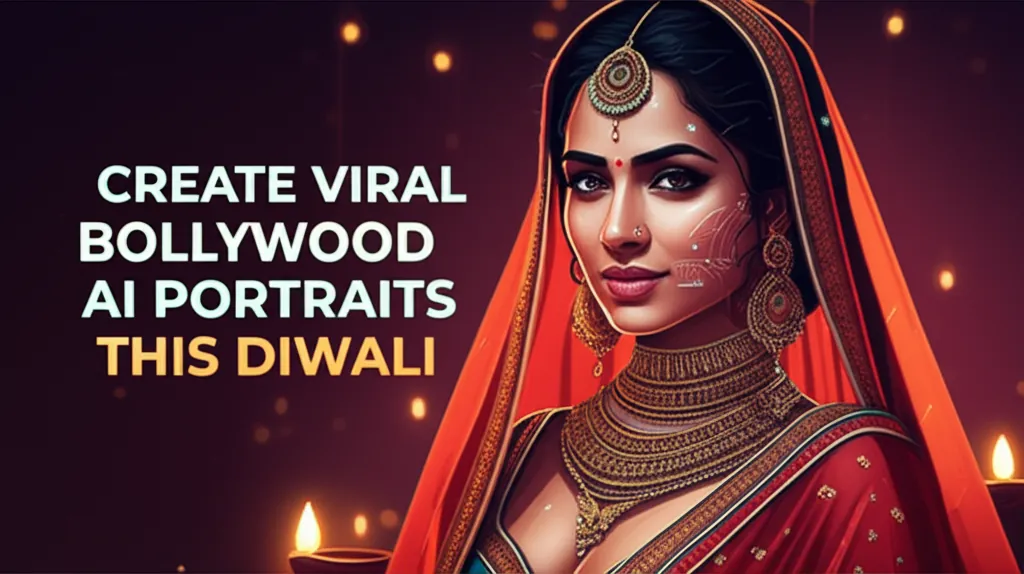Developer Offer
Try ImaginePro API with 50 Free Credits
Build and ship AI-powered visuals with Midjourney, Flux, and more — free credits refresh every month.
New Platform Reveals The Copyright Footprint of Generative AI
Ask an AI video tool to create a film about a time-traveling doctor in a blue phone booth, and you'll get something that looks a lot like Doctor Who. This simple experiment highlights one of the biggest challenges facing the artificial intelligence industry today.
Generative AI is supposed to create novel content. But how much of its output is truly original, and how much is just a remix of existing, copyrighted work? This question is at the heart of a growing conflict between AI giants and creative professionals.
The AI Originality Dilemma
Authors, artists, musicians, and publishers are demanding compensation for the use of their work in training AI models like OpenAI's ChatGPT and Sora, or Google's Gemini and Veo. They argue that their intellectual property is being used without permission to build tools that directly compete with them. While some media companies have struck licensing deals with OpenAI, the core of the problem remains: the AI models themselves are black boxes, making it difficult to prove how much they rely on specific copyrighted material.
A Window into the AI Black Box
A US tech platform named Vermillio claims it can solve this problem. The company tracks intellectual property online and says it can trace the approximate percentage to which an AI-generated image is based on pre-existing copyrighted art. By creating a "neural fingerprint" for a piece of work, Vermillio can scan AI outputs for matches.
In a study for the Guardian, Vermillio put this technology to the test with several famous characters.
Putting AI to the Test The Results
When prompted to create a video of a "time travelling doctor who flies around in a blue British phone booth," the results were telling.
- Google's Veo3 Tool: The video produced was an 80% match with Vermillio's Doctor Who fingerprint.
- OpenAI's Sora Tool: A similar video from Sora showed an 87% match.
The tests didn't stop there. Using a neural fingerprint for James Bond, Vermillio found significant matches in AI outputs:
- Google's Gemini: An image generated from a detailed prompt about the famous spy was an 86% match.
- OpenAI's Sora: A video from the web showed a 62% match.
- OpenAI's ChatGPT: An image of the agent had a 28% match.

Vermillio also found strong correlations for other major properties like Jurassic Park and Disney's Frozen across both Google and OpenAI models.

The Broader Battle Over Copyright
These findings come amid a backdrop of legal and legislative battles. Generative AI models are trained on vast amounts of data scraped from the open web, including everything from Wikipedia and YouTube to online book archives.
This practice has led to significant lawsuits. Anthropic, a leading AI company, recently agreed to a $1.5 billion settlement with authors who claimed their work was used without permission. In the UK, the artistic community is fighting government proposals that would favor AI companies, forcing creators to actively "opt out" of having their work used for training.
Kathleen Grace, chief strategy officer at Vermillio, suggests a better path forward. "We can all win if we just take a beat and figure out a way to share and track content," she said. "This would incentivise copyright holders to release more data to AI companies and would give AI companies access to more interesting sets of data."
AI Giants Respond
When asked for comment, a Google spokesperson stated, "our generative AI policies and terms of service prohibit the violation of intellectual property rights." However, Google-owned YouTube's terms and conditions explicitly allow the company to use creators' work to train its AI models.
OpenAI maintains that its training on publicly available data is consistent with the US legal doctrine of fair use. The company has also stated it will "work with rights holders to block characters from Sora at their request."

The Call for Accountability
For creators and their advocates, the evidence is clear. Beeban Kidron, a peer in the House of Lords, said it was "time to stop pretending that the stealing is not taking place."
She added, "If Doctor Who and 007 can’t be protected then what hope for an artist who works on their own, and does not have the resources or expertise to chase down global companies that take their work, without permission and without paying?"
Compare Plans & Pricing
Find the plan that matches your workload and unlock full access to ImaginePro.
| Plan | Price | Highlights |
|---|---|---|
| Standard | $8 / month |
|
| Premium | $20 / month |
|
Need custom terms? Talk to us to tailor credits, rate limits, or deployment options.
View All Pricing Details

